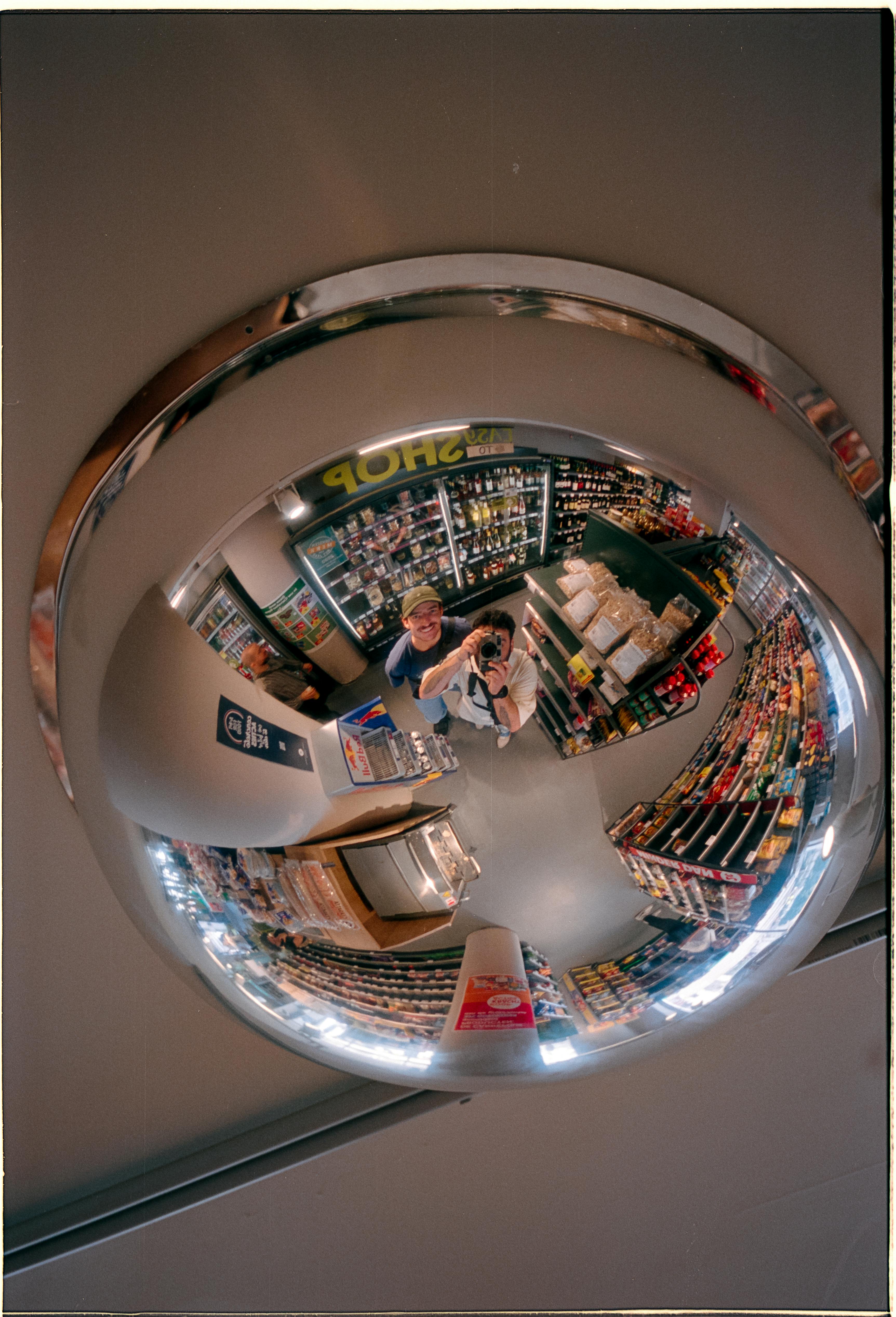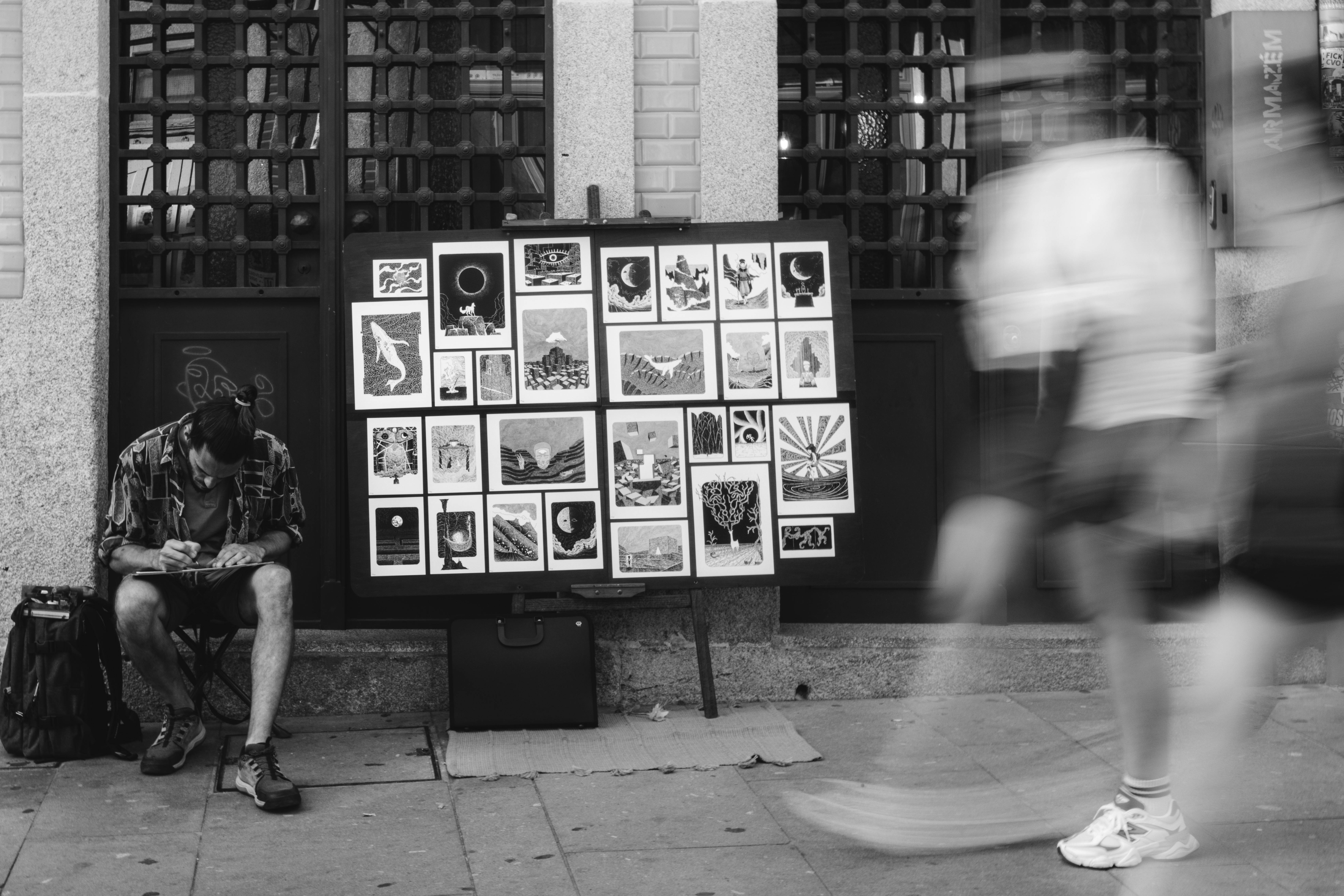



Picture this, it's a Monday and you just got off of work, you spent almost an hour in Traffic and get home just to relax for 15 minutes you tell yourself, but you end up scrolling endlessly, binge-watching shows then next thing you know you just made a purchase for an item you really don't need. It seems in these times every social media platform is a commercial or advertisement for you to consume what may catch your attention or better yet the dopamine you may feel after clicking that button you know the button (confirm your cart/purchase).
But have you ever stopped to think about how much time you spend consuming versus creating? What if you could flip that dynamic and transition from being a passive consumer to an active creator? As in active creator we mean put the phone down and see the potential in creating. Creativity is not just for artists or musicians—it’s for everyone. Whether you're into writing, designing, coding, or even gardening, creativity can unlock new ways of thinking and doing. Think about how you can help create and not just consumer. Making the shift from consumer habits to creative habits might seem daunting at first, but it’s not as difficult as it seems. In fact, it’s one of the most rewarding transitions you can make.
Let’s be clear: we’re not here to shame consumption.We all do it. We need it. It’s part of being human.But when consumption becomes our default — when we’re always taking in and rarely putting out — something inside us begins to dim.
Every time you choose to write instead of scroll, sketch instead of shop, brainstorm instead of binge — you're shifting from passive to active. From audience to author.
In this guide, we’ll explore how to break free from consumerism and cultivate a mindset of creation. You have always been ready for this!

Before you can begin to create, you need to acknowledge how much you consume. This is not about guilt-tripping yourself—it's simply about awareness. Take a day or even a week to track your consumption. How many hours do you spend on social media? How much time do you spend watching YouTube tutorials or reading articles for the sake of Entertainment yes the capital E Word?
The goal isn’t to cut out all forms of consumption. It's about balance. The key is to recognize where you can reclaim time and refocus that energy towards creation.
Quick Tip: If you spend 30 minutes scrolling through Instagram, consider replacing that time with brainstorming about what you would like to do with your life or journaling about something you’re passionate about.
We all have interests and skills that can serve as the foundation for our creative pursuits. Some of us might enjoy drawing, while others love coding or writing. Start by identifying what sparks excitement in you. What do you love to do in your free time, even if it’s just for fun?
If you're unsure, ask yourself questions like:
Your creative interest doesn't need to be groundbreaking. It could be something simple, like writing a blog post, learning to paint, or even making something handmade like a piece of jewelry, handmade cards/greeting cards, and paintings.
One of the biggest barriers to becoming a creator is finding time. We often tell ourselves, “I don’t have time to be creative,” but this is usually just an excuse. Creativity, like any skill, requires practice. Just as you make time for Netflix or scrolling through TikTok, you can make time to work on your creative projects.
Start small. You don’t need to set aside hours every day. Dedicate 15 minutes to an hour per day or even a few times a week. The consistency will add up, and soon you'll start noticing progress.
Pro Tip: Use tools like time-blocking or setting reminders to ensure you stay on track or making sure you put the thought in your mind that "Hey I have to get this done" can somethimes help but all depaneds on the person I shall say.
One of the most common hurdles for aspiring creators is perfectionism. We fear that our creations won’t be “good enough.” This mindset can paralyze us into inaction, and we end up consuming more instead of creating.
The key here is to accept that your first attempts may not be perfect, and that’s okay! Every creative journey begins with trial and error. Think of the process as an opportunity to improve over time, not as a one-off result that has to be flawless.
Example: If you’re learning to write, your first blog post/book/poetry note might not be your best. But with each post/effort, you'll refine your skills. The key is to get started and keep iterating.
You don’t need to completely stop consuming content in order to create. In fact, consumption can be a vital source of inspiration. The difference is how you use it. Instead of simply absorbing content passively, try to absorb it with a “creator’s lens.” Ask yourself:
For example, after watching a documentary, think about how you could create your own mini-series or write a reflection piece based on the themes explored. Consumption becomes a tool for generating your own ideas instead of just being an escape.
Once you start creating, it’s easy to hide your work away because you feel it’s not “perfect.” However, sharing your work with others is one of the best ways to keep the creative process flowing. It doesn’t have to be a big audience at first—share it with friends, family, or even a supportive community online. The feedback, encouragement, and even constructive criticism will motivate you to keep creating.
Sharing your work also helps build a sense of accountability. You’re no longer just creating for yourself; you’re creating with the intention of making a positive impact, no matter how small.
Turning creativity into a habit is the final piece of the puzzle. The more consistent you are with your creative efforts, the easier it becomes to make it part of your daily life. Habits are built through repetition, so the more time you spend creating, the more natural it will feel.
It’s important to stay patient and kind to yourself. Creativity isn’t about cranking out masterpieces every day. Some days you might feel inspired, and other days, you may struggle to get started. The key is to show up.
The world needs more creators—people who bring ideas to life instead of just absorbing them. By shifting your habits, even slightly, you’ll find more fulfillment, develop new skills, and contribute something uniquely yours. The more you make creation a priority, the more it will become second nature.
So, what are you waiting for? Start today—grab that notebook, open that design program, or give thought to resolving world problems like health, energy resources or something that would change the scope of everyday life. The world is waiting for your unique perspective and creative energy.
So, what will you make today?
